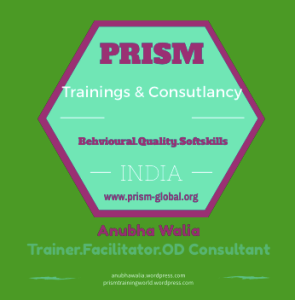COMMUNICATION 3Vs
- Prism Philosophy

- Feb 28, 2016
- 2 min read
COMMUNICATION 3Vs
People try to make connections with others through what they ; however, connections are better made through what they . Behavior speaks louder than words, and no behavior creates a connection (and the trust that comes with it) better than warmth. Speakers should strive to convey warmth in every communication.

Speaker behaviors fall into one of three categories: verbal, vocal, or visual. These behaviors must match up for an audience to develop trust. If words and behaviors do not match, behaviors will be believed more than the words. There are two factors that can contribute to a disconnect between words and behaviors:
An individual’s lack of self-awareness.
The fact that behaviors become unconscious habits.
The good news is that people can become more self-aware and their habits can be changed. There are five that create connections, convey energy that keeps people tuned in, and boost the speakers’ credibility–all while inspiring trust in others:
Speakers who do not make meaningful eye contact with their audiences will never make connections with them. This applies to interpersonal as well as group communications. Eye contact should last 7-10 seconds in one-to-one communications and 5 seconds in group situations.
To connect with an audience, it is better for speakers to stand and move around rather than sit in one place.
Nervous gestures, such as jiggling change in a pocket, might serve to calm the speaker, but they can be distracting to the audience. However, gestures that emphasize what is being said draw the audience in. In terms of facial expressions, it is important to smile because a serious expression can distance the speaker from the audience. Additionally, expressions should match what is being said. Some speakers have serious expressions even when sharing good news, which is confusing to the audience.
Many presenters tend to adopt a very formal tone that is quite different from the more casual tone and vocal variety they display in their regular, day-to-day lives. The more expressive and authentic in vocal quality speakers can be, the more believable they will become. Pitch, pace, and volume are all contributing factors.
Pauses are very powerful, but speakers are usually uncomfortable making them. Instead, they inject fillers, such as “uh,” “you know,” or “like.” Fillers are distracting and undermine credibility. Pauses allow the speaker to take the time to gather the next thought, breathe, relax, create a sense of drama, and eliminate filler words.






Comments